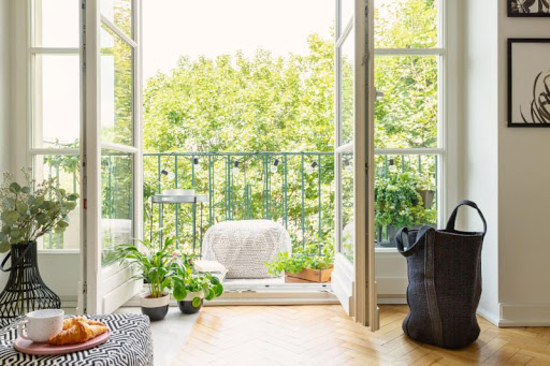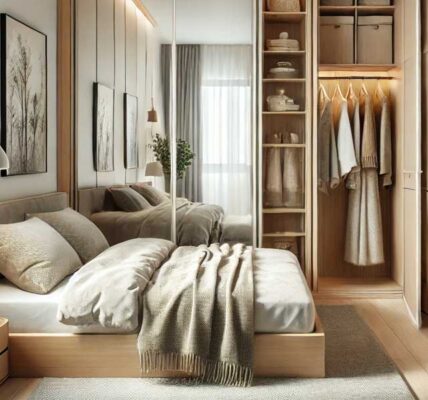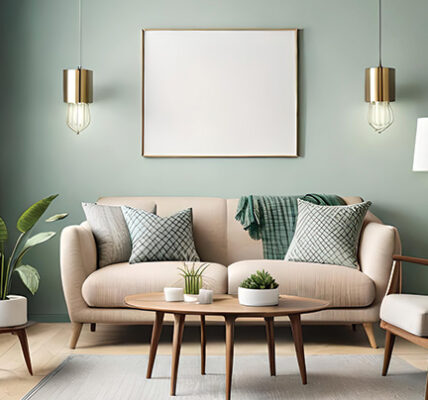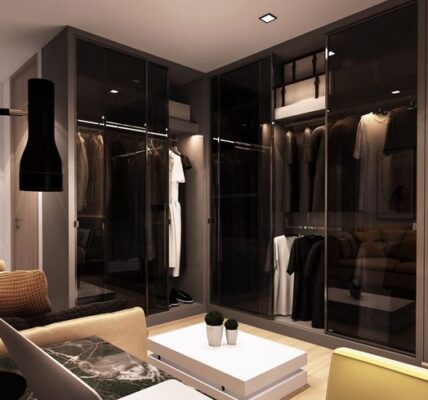Home decor is an essential part of making a house feel like a home, as it reflects personal style, taste, and functionality. The way a home is decorated sets the mood and atmosphere, influencing how comfortable and inviting it feels. A well-decorated space is not just about aesthetics; it also ensures that the home serves practical needs while providing a sense of relaxation and warmth. Whether designing a new home or refreshing an existing one, careful consideration of colors, furniture, lighting, and accessories can make a significant impact. Home decor is an evolving process, with trends constantly changing, allowing homeowners to experiment and update their spaces. The key is to find a balance between beauty and functionality, creating a space that is both stylish and livable.
Color plays a crucial role in home decor, influencing the mood and energy of each room. Lighter shades such as whites, pastels, and neutrals create an airy, serene atmosphere, making spaces appear larger and brighter. On the other hand, bold hues like deep blues, rich greens, or warm reds can add depth and character, making a statement in any room. Accent walls and decorative elements in contrasting colors can bring a dynamic touch without overwhelming the space. Natural light enhances the effect of colors, so it is essential to consider how a room’s exposure to sunlight will interact with the chosen palette. In addition to paint, textiles such as curtains, rugs, and cushions can introduce color and texture, adding layers to the decor. A well-thought-out color scheme ensures harmony and flow between different areas of the home.
Furniture selection is another fundamental aspect of home decor, as it determines both the layout and functionality of a space. The right furniture should not only complement the overall design but also serve practical purposes based on the homeowner’s lifestyle. For instance, a cozy sectional sofa in the living room encourages relaxation and conversation, while a sleek dining table sets the stage for family meals and gatherings. Multi-functional furniture, such as storage ottomans, extendable tables, and foldable chairs, is particularly beneficial in smaller homes, maximizing space without compromising style. Mixing materials like wood, metal, glass, and fabric can add visual interest and create a layered look. Investing in quality furniture ensures durability and longevity, making the home both comfortable and aesthetically pleasing.
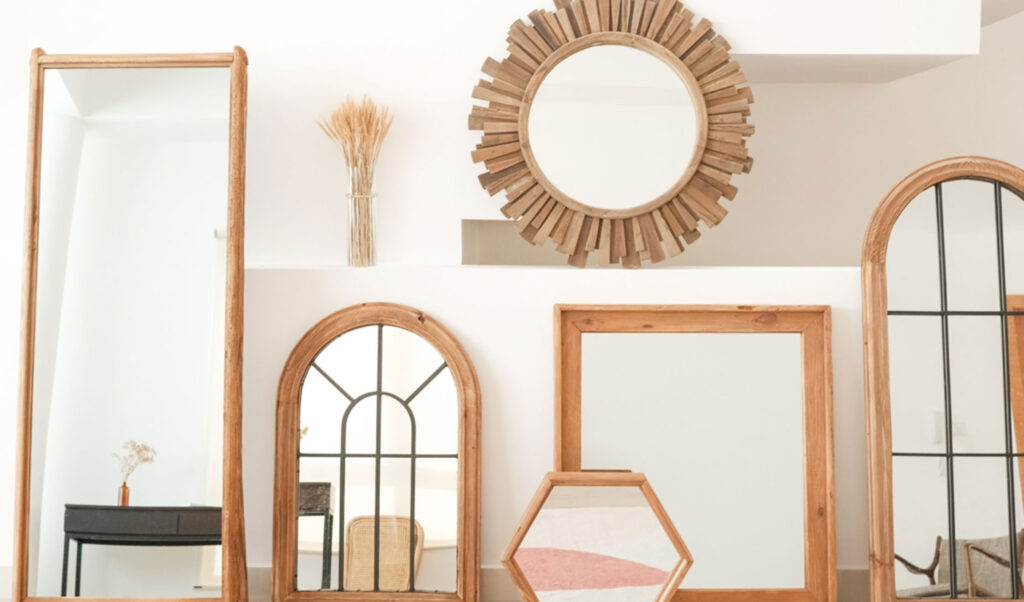
Lighting is an often-overlooked yet critical element in homes living, capable of transforming the ambiance of a space. A combination of natural and artificial lighting enhances functionality while adding warmth and dimension. Large windows, skylights, and sheer curtains allow natural light to flood a room, creating an inviting atmosphere. Artificial lighting should be strategically placed to suit different needs, such as task lighting for workspaces, ambient lighting for general illumination, and accent lighting to highlight artwork or architectural details. Chandeliers, pendant lights, and table lamps serve as both decorative and practical elements, enhancing the overall design of a room. The ability to adjust lighting intensity with dimmers or smart lighting systems adds versatility, allowing homeowners to create different moods for different occasions. A well-lit home feels welcoming, cozy, and thoughtfully designed.
Accessories and decorative accents bring personality and charm to a home, making it feel unique and lived-in. Items such as artwork, mirrors, plants, and textiles contribute to the overall aesthetic while adding layers of texture and depth. Mirrors, for example, can create the illusion of space and reflect light, making a room appear larger and brighter. Indoor plants not only enhance visual appeal but also improve air quality and bring a sense of tranquility to a home. Throw pillows, blankets, and rugs introduce patterns and textures that make a space feel more inviting. Personal touches such as family photos, souvenirs, and handcrafted items tell a story, making the home feel warm and authentic. The key to accessorizing is balance—too few decorative elements can make a space feel incomplete, while too many can create clutter.
Home decor is a continuously evolving process, allowing homeowners to adapt their spaces to changing tastes, needs, and trends. Whether embracing minimalism, modern elegance, or rustic charm, the most important factor is ensuring that the space feels comfortable and reflects the personality of those who live in it. Experimenting with different styles, colors, and textures helps create a home that feels fresh and inspiring. Seasonal updates, such as switching out textiles, rearranging furniture, or adding festive decor, keep the space dynamic and engaging. Ultimately, home decor is about creating an environment where people feel happy, relaxed, and connected to their surroundings. A well-decorated home is not just visually appealing—it is a place where memories are made and cherished, embodying the essence of comfort and self-expression.
